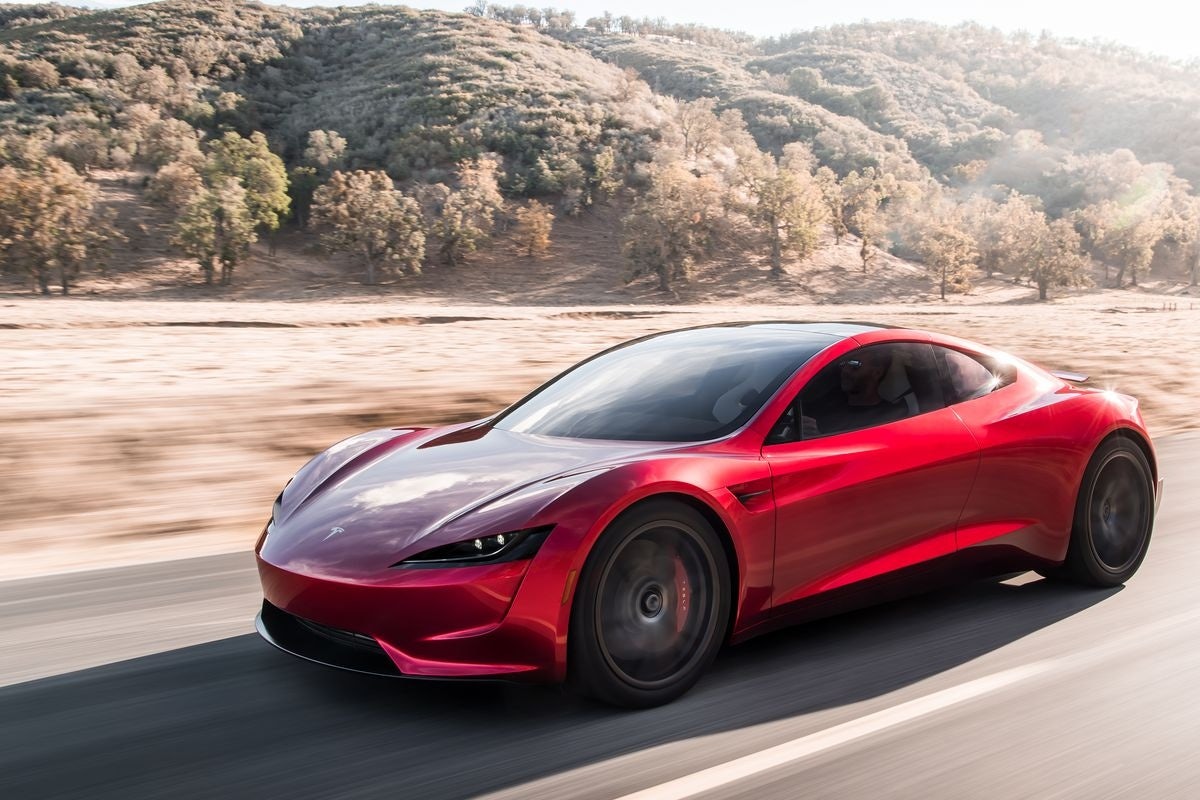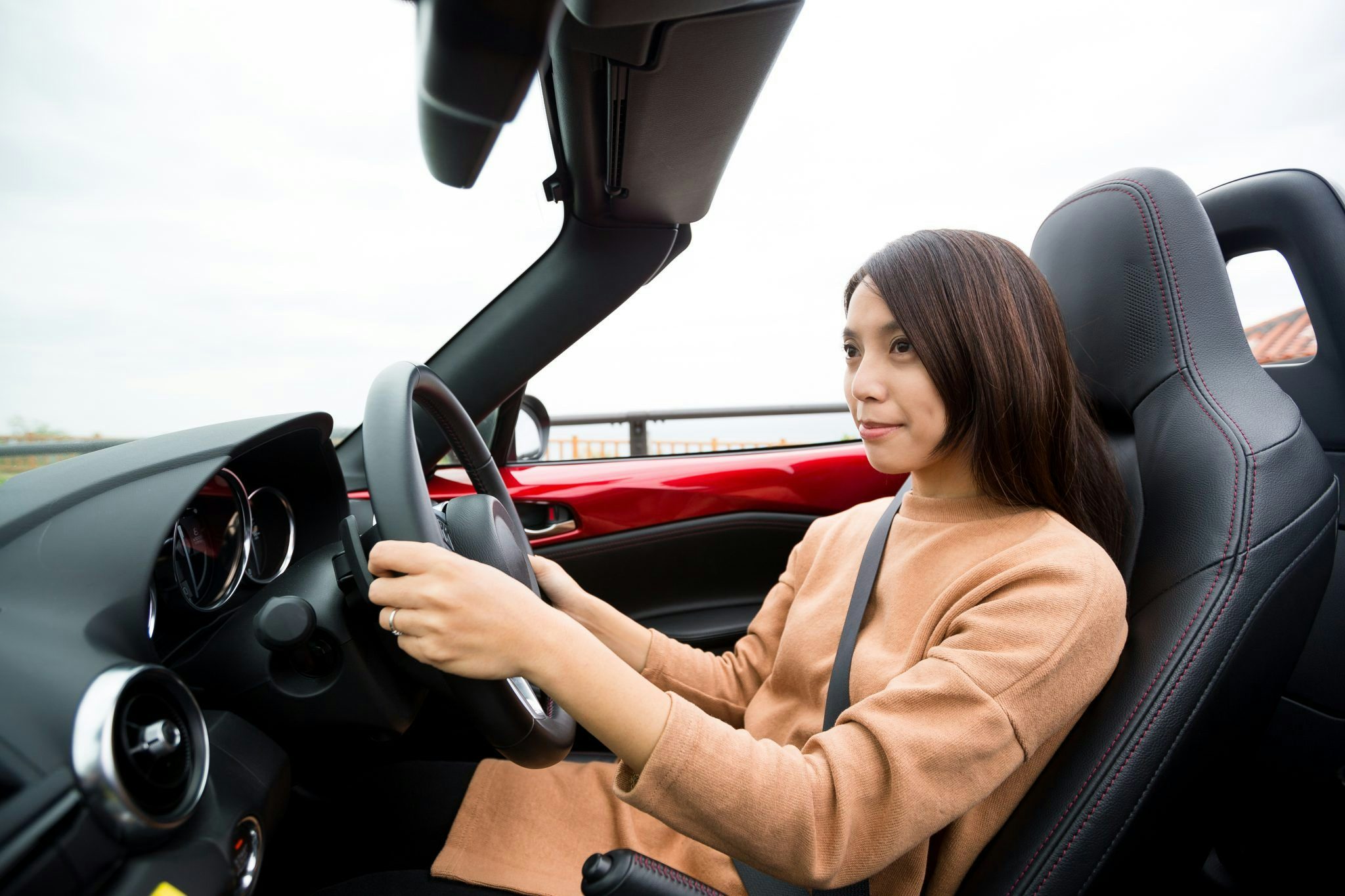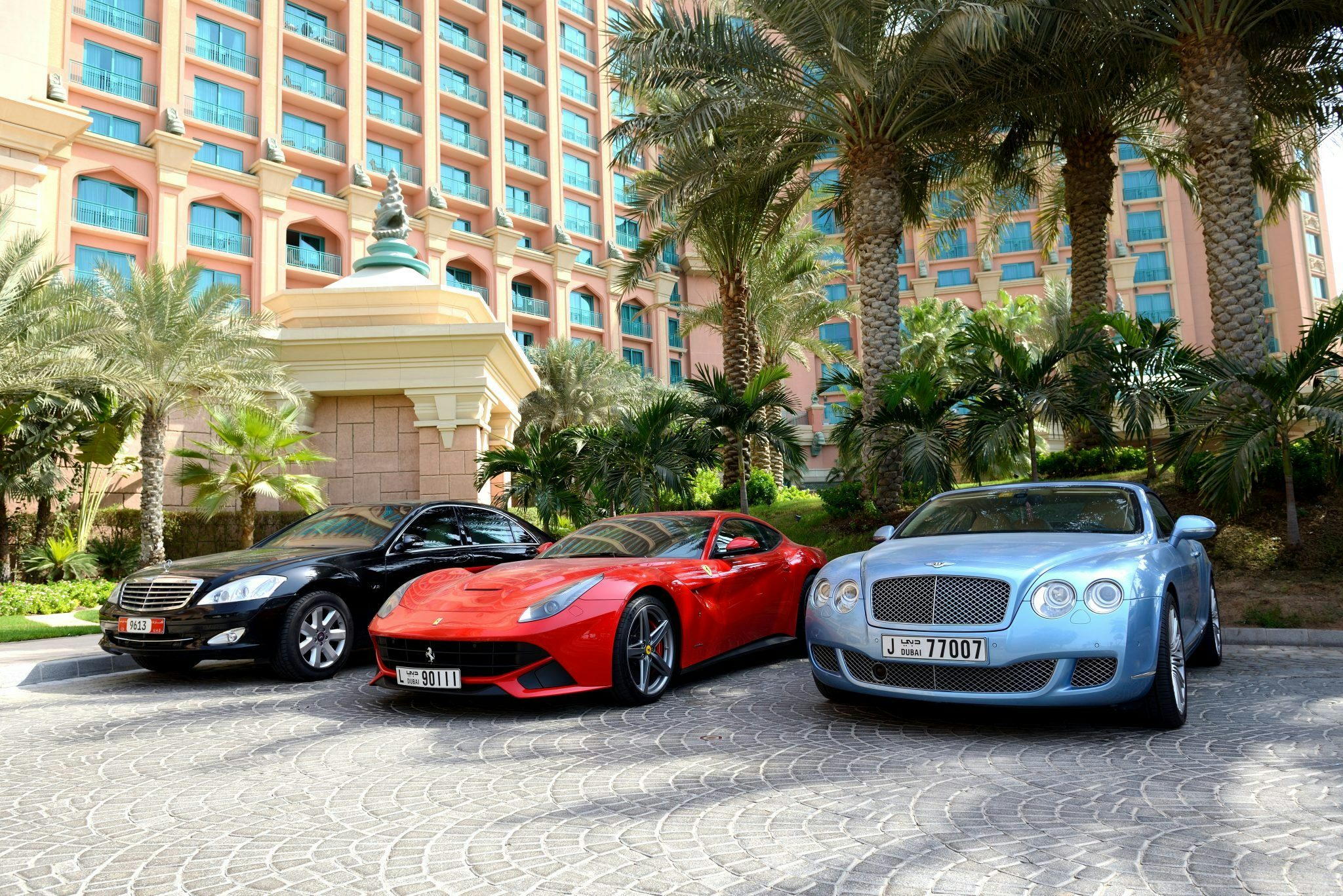Last month, Elon Musk announced Tesla’s new Roadster, a 200,000 electric supercar that accelerates from 0-60 mph in just 1.9 seconds, making it the quickest production car in the world.
“I appreciate Elon Musk’s ingenuity,” said Tiffany Lee, who originally comes from Guangzhou and currently works at a consulting firm in New York City. “It’d be a cool idea to drive such a car, although I don’t think it will be a common practice for everybody. Nonetheless, I think the Tesla Roadster is paving the way for Musk’s bigger vision.”
The Roadster is indeed an enticing prospect for Chinese drivers—a high performance luxury sports car in poll position to take advantage of China’s aggressive pivot towards electric vehicles. While Tesla enjoys a great reputation in China and Beijing has already made some unexpected concessions to it, the road ahead is far from smooth.
The opportunity#
China is a huge market for electric vehicles (EVs), and it will only get bigger.
National and local government incentives for EVs last year averaged RMB 100,000 (15,000) per vehicle, spurring sales in China to 507,000 cars in 2016, almost half the world’s total.
Tesla currently holds just 8.6 percent of the EV market in China, leaving plenty of room for growth even if they simply retain their market share. China is the largest auto market in the world, and Beijing is researching a total ban on combustion engines.
James Chao, managing director of IHS Markit Asia, told Jing Daily the Tesla brand is strong in China, where “it means innovation, uniqueness — and the fact that Elon Musk is seen as a visionary leader is a plus for the brand.”
“BMW and Audi are high volume luxury brands — at over 400,000 sold annually, it guarantees that you see many on the road, especially in wealthy, tier 1 cities like Shanghai,” he said.
“Tesla, meanwhile, is selling around 10,000 cars a year. It’s unique and I think wealthy and educated consumers appreciate that,” he added.
Helping to strengthen ties with Chinese consumers, Tesla has promised that whoever pre-orders the Tesla Roadster 2.0 here will join “The First Roadster 2 Club”, an exclusive club—given the relatively small number of cars available—of like-minded, high-net-worth individuals.
The new Roadster is also primed to take advantage of Tesla’s bold new push into China. In October, The Wall Street Journal reported that Tesla had reached an agreement with the Shanghai government to build a local manufacturing facility in the city’s Free Trade Zone (FTZ), which should help cut costs and deliver cars to market more quickly. Crucially, this is not a foreign-local partnership, meaning Tesla has a better chance of protecting its IP.
Meanwhile, Quartz tells us the company has been “quietly gearing up” to open a research and development center in Beijing.
The challenge#
Consumer excitement about Tesla and the its good relations with the government bode well for the company in China. But there are also reasons to believe the Roadster’s sales won’t be as rapid as its speed off the line.
For one thing, buyers used to instant gratification are being asked to fork out a 50,000 deposit for a car that won’t roll off the assembly line until 2020.
Auto Sina (新浪汽车) a Chinese-language car website, writes that “the Tesla Roadster 2.0 is basically a ‘futures contract.’ Is it really worth Chinese consumers paying such a high down payment and waiting for three years?”
Moreover, building cars in the Shanghai FTZ doesn’t help Tesla get around the 25 percent import tax on foreign made cars, which will likely eat up any incentives China has in place for electric vehicles. An additional super-luxury tax of 10 percent is placed on imported cars priced at more than 190,000.
The perception in Chinese domestic publication ifeng (凤凰资讯) is that the Roadster 2.0 will cost much more than it does in the United States.
The complicated calculus of incentives and taxes that will determine the sales price of Teslas in China isn’t necessarily a big problem for the Roadster, according to Chao. “Only the super wealthy would be considering such an expensive vehicle” to begin with. But it has massive implications for Tesla’s ability to survive long enough to bring the car to market.
The mass market#
With their gull wing doors, T-shaped indicators and large touch-screens, Teslas look like luxury vehicles. It’s an association the brand has encouraged in China, where its Xintiandi showroom, for instance, is a short walk from Maserati and McLaren.
Yet it’s the more modestly priced Model 3 (35,000 in the United States) that Tesla is relying on to really establish itself in the Chinese market.
“The Roadster 2 is a halo vehicle — which is industry parlance for being more of a brand statement than a cash generator,” Chao said. “It’s certainly hugely important for Tesla’s image in terms of performance and styling. But it’s the Model 3 that is going to be the ‘make it or break it’ car.”
Tesla’s China sales are taking off, reaching 1 billion in the first half of this year, up from 1.1 billion in 2016 and 319 million in 2015. But Bloomberg says that over the past 12 months, they’ve been burning money at about 480,000 an hour (over 4 billion a year). At this pace, the company is on track to exhaust its current cash pile on Monday, August 6 next year.
This cost is inflated by the increased operating expenses of launching the Model 3, and should come down as production ramps up, Chao said, but “already, in the last quarterly report, Tesla stated that they’ve had to discount their current models. This adds an enormous amount of pressure to get the Model 3 produced in significant numbers and in the hands of consumers.”
Competing at the lower price point, the Model 3 will need to contend with China’s domestic EV makers, many of whom are benefiting from cooperation with local tech giants flush with cash and technical expertise.
For example, Baidu’s Apollo program currently partners with more than 50 automakers in China to focus on research in big data, robotics, semiconductors, and, most importantly, electric vehicles.
With funding from Baidu, WM Motors plans to start delivering its first EV to Chinese consumers in the second half of 2018 at a price of under ¥300,000 (45,340)—comparable to the Model 3, which is likely to cost 40,000-45,000 in China.
Tencent, another Chinese tech giant, has signed its own contracts with GAC Group, and NIO, both of whom are working on electric cars.
As excited as consumers are about the Roadster, Chao reiterates, “the company’s future hinges on the successful launch of the Model 3.”



